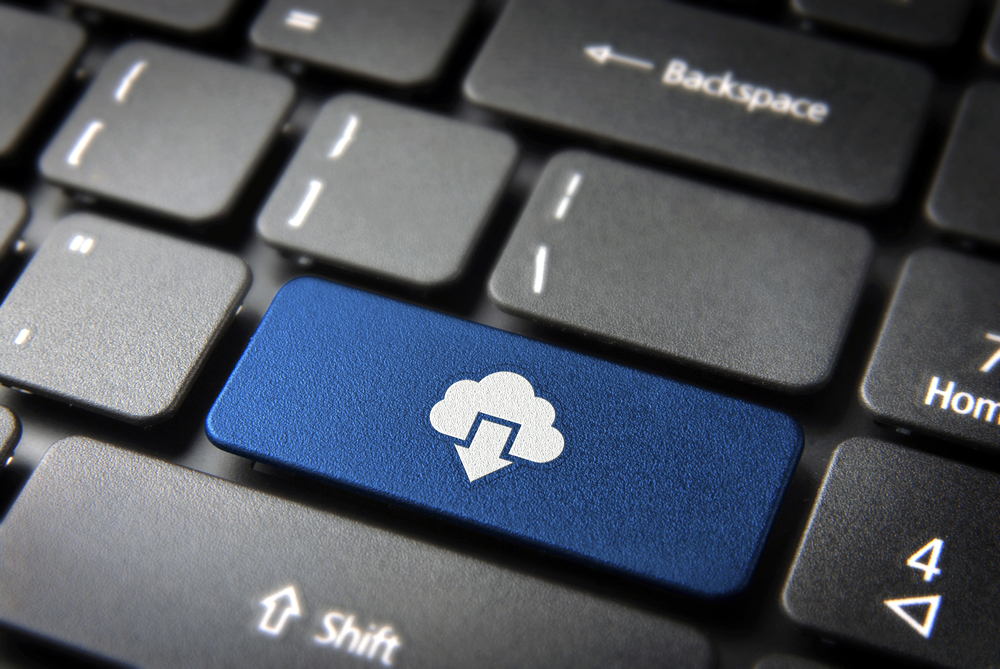Disaster recovery is of major importance in giving peace of mind to businesses. Without their IT systems, modern day organisations would be unable to function. There’s a huge difference between today’s disaster recovery as a service (DRaaS) and the original DR solutions of the 1970s. Then, though computer systems had some protection, there would also often be days of downtime.

Here’s seven reasons which underline the importance of DRaaS for businesses.
- Speedy recovery.
Downtime can prove to be costly for companies – even if it’s a few hours. Having a remote backup alone may not solve the problems, as the backup could take too long to become fully functional, because of inferior facilities and its location. What DRaaS allows a company to do is to make contingency plans regarding downtime, so that any downtime that does occur will not prove to be too damaging. Service level agreements (SLAs) also ensure that this will be the case.
- Secure backup.
Because some companies have backup close to their current setup, both will be affected by a natural disaster. Similarly, when a company comes under attack from cyber criminals the backup may be affected too. By utilizing DRaaS, data remains secure via a remote backup.
- Less infrastructure.
Companies will save money because of having to spend less on infrastructure such as data storage. IT staff will also then have more time can to do other tasks. Backup servers also won’t be necessary, or, possibly, a company’s secondary backup site. It will then be down to the DRaaS provider to check that the backups are all in order.
- The advantage of flexibility.
With DRaaS, companies can decide on what systems, or parts of systems, they are going to need. There can be fine-tuning when it comes to backups, too, by choosing particularly important data to safeguard.
- Paying for what you use.
A complete mirror site is unnecessary with DRaaS, and important systems and data can be the main focus. . Because other companies will be using the same DRaaS solution and infrastructure resources this means that companies only need to pay for what they use.
- Absolute mobility.
Virtualization helps to keep important systems in the cloud functioning, regardless of whether there’s a problem with the primary site. Employees will be able to carry on working, as long as they have Internet access. Even in the event of an office becoming unusable and new premises are required, work can still continue. Employees will also be able to work from home temporarily.
- Possibilities of gaining new business.
Customers and clients will be impressed when a company continues to function during a major incident or disaster – especially when the company’s competitors are unable to. DRaaS can then become helpful in opening up new business opportunities and in helping to gain new customers.


